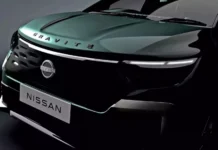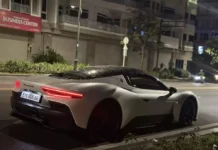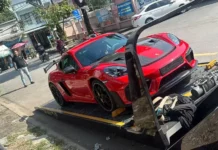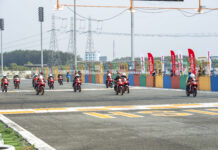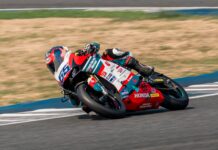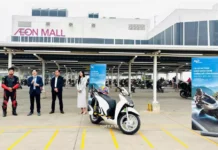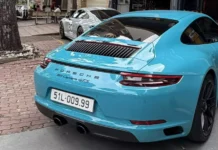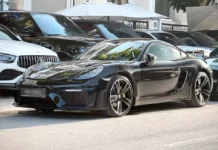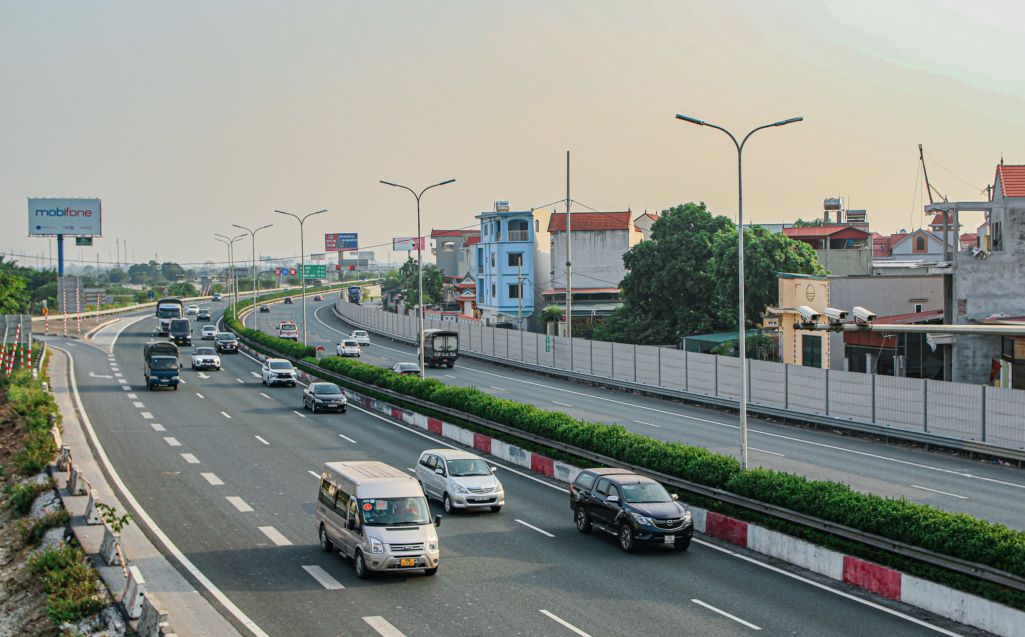New Traffic Rules Aim to Reduce Congestion and Improve Safety on Hanoi-Haiphong and Phap Van-Cau Gie Expressways
Since August 15th, the Road Bureau and the Traffic Police Department have implemented a pilot project to separate lanes by speed and prohibit trucks from driving in the lane closest to the median on the Hanoi-Haiphong and Phap Van-Cau Expressway. The goal is to reduce congestion and minimize traffic conflicts.
Expressways are designed for fast and continuous travel, reducing travel time. Therefore, in addition to the maximum speed, the routes usually specify a minimum speed, often 60 km/h. This helps to avoid significant speed differences between vehicles, ensuring a smooth and safe flow of traffic.
Many people think that only speeding is dangerous, but in fact, driving too slowly on expressways can be equally risky. Driving below the minimum speed is like being a “moving obstacle”. Other drivers may be caught off guard, forced to brake suddenly or change lanes abruptly, which can lead to chain collisions.
So, what should you do when encountering a slow-moving vehicle on the expressway? First, it’s important to stay calm, maintain a safe distance, and gradually slow down. Keep an eye on your mirrors and indicators, and signal early if you need to change lanes. Avoid tailgating or flashing your lights continuously; instead, wait for a safe opportunity to move to the middle or right lane. After passing, return to a steady speed to rejoin the flow of traffic, avoiding sudden braking or acceleration.
In many countries, driving slowly or lingering in the left lane without overtaking is punishable by law. The left lane is solely for overtaking, and drivers must promptly return to the middle or right lane to maintain smooth traffic flow. Violations may result in fines, license point deductions, or even license revocation in severe cases.


